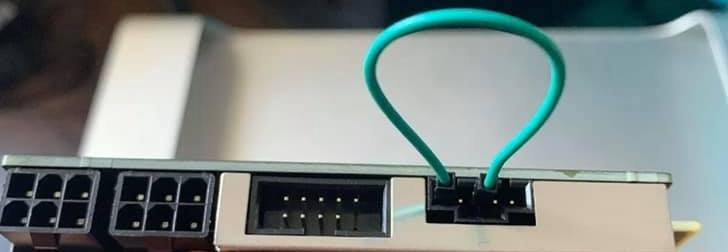- Joined
- Sep 11, 2012
- Messages
- 616
- Motherboard
- Gigabyte X79-UP4
- CPU
- i7-3930
- Graphics
- WX4100
- Mac
Morning @Edhawk
reinstalling all the extra bits - EFI now on system drive -now for testing.......
I read on a xcode developer site this that it is possible to ad a debug string to a kext. This could possibly tell me why the driver Ive been having trouble with isn't activating properly. Do you think its worth a fresh post on this forum to see if anyone knows what to add to the kext to achieve a log?
reinstalling all the extra bits - EFI now on system drive -now for testing.......
I read on a xcode developer site this that it is possible to ad a debug string to a kext. This could possibly tell me why the driver Ive been having trouble with isn't activating properly. Do you think its worth a fresh post on this forum to see if anyone knows what to add to the kext to achieve a log?


